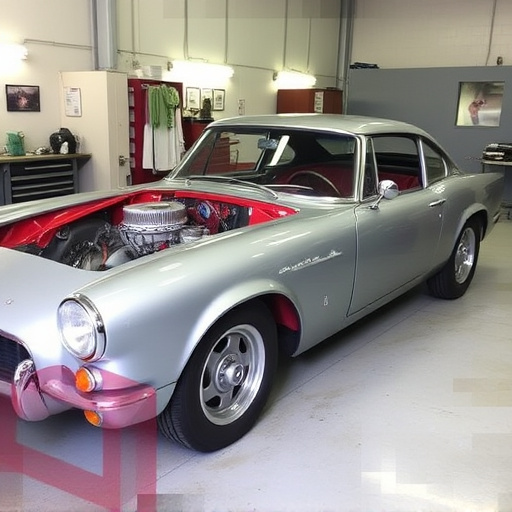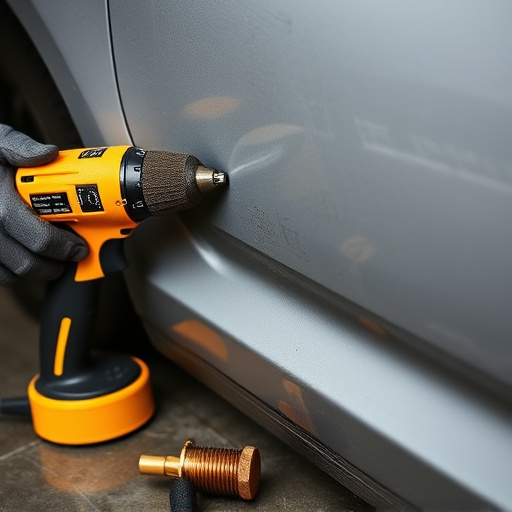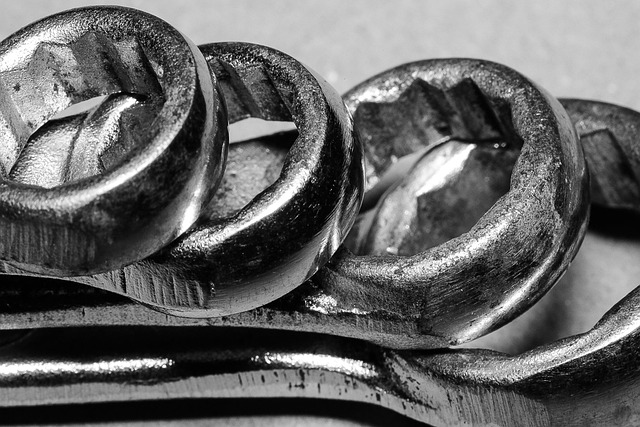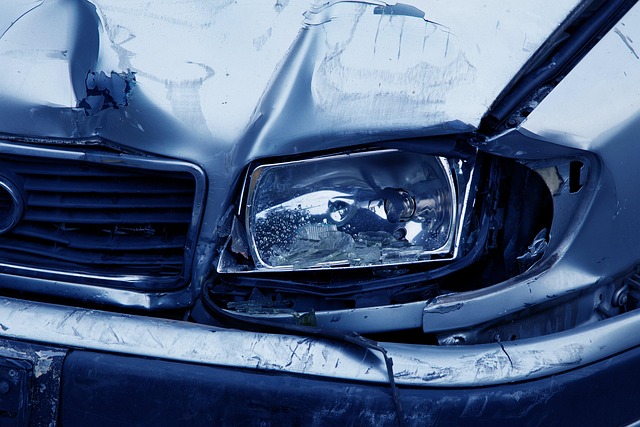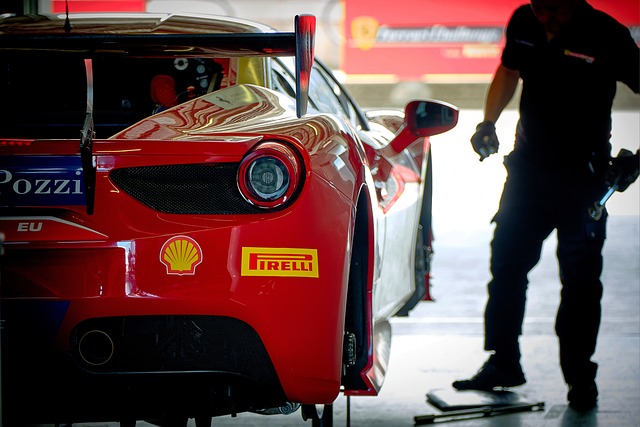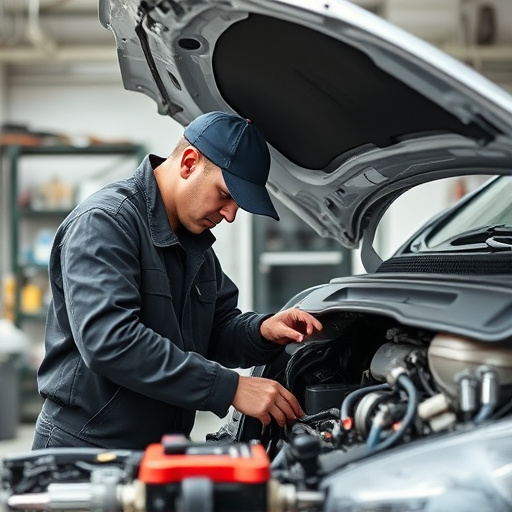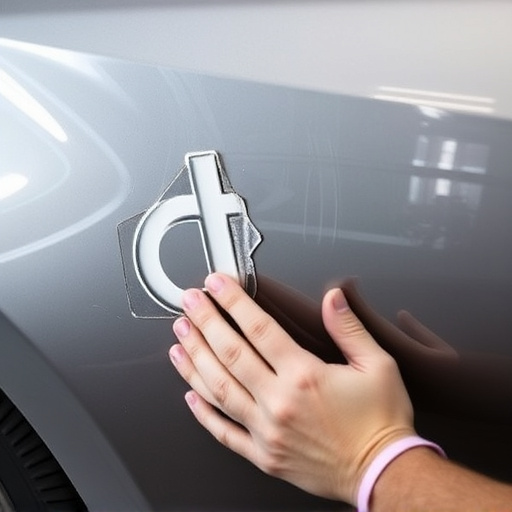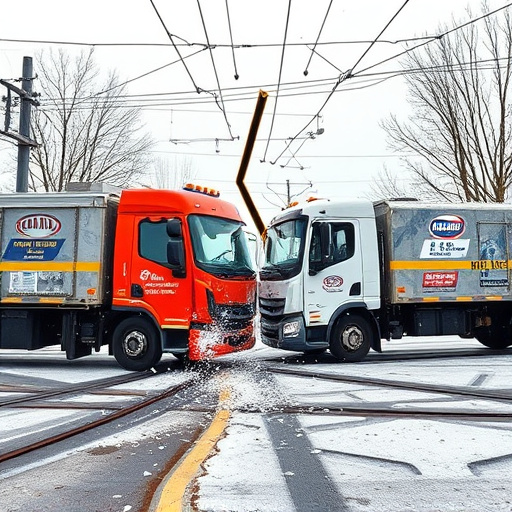A repair quality inspection involves a dual approach: visual and functional assessments to uncover damage. Visual checks identify visible issues while functional tests reveal subtler problems like faulty wiring or fluid leaks. Comprehensive documentation is key for transparency, tracking repairs, and ensuring quality control in vehicle collision repair. Training and consistent methods are vital for accurate inspections, enabling detection of deviations from quality standards and promoting accountability among technicians.
In the realm of repair quality inspection, what seems evident may often mask deeper issues. This article delves into the most overlooked areas, shedding light on unseen damage—the subtle versus the functional—that visual assessments might miss. It explores the power of comprehensive documentation as an unsung hero in quality control and emphasizes the critical roles of consistent training and accuracy for meticulous repairs. By addressing these often-overlooked aspects, professionals can enhance overall repair quality inspection processes.
- Unseen Damage: Visual vs. Functional Assessment
- Documentation: The Unsung Hero of Quality Control
- Training & Consistency: A Foundation for Accuracy
Unseen Damage: Visual vs. Functional Assessment
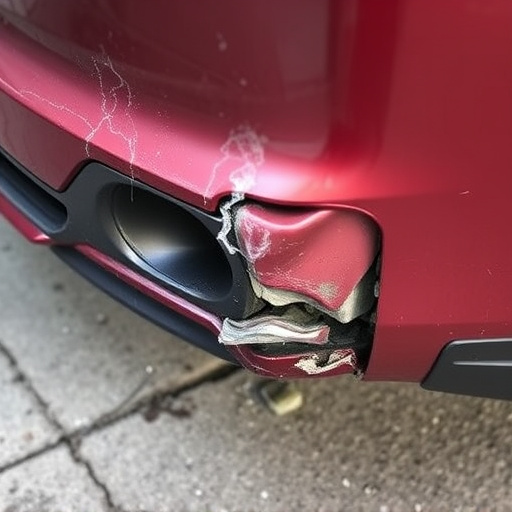
In a comprehensive repair quality inspection, one of the most overlooked aspects is the distinction between visual and functional assessments when evaluating unseen damage. While a cursory visual inspection might reveal visible cracks or dents, it fails to capture the full scope of potential issues hidden beneath the surface. Just as a Mercedes-Benz repair involves meticulous attention to detail, so should the inspection process account for subtler forms of damage that could compromise the structural integrity and overall performance of a vehicle.
Functional assessments, often neglected in collision damage repairs, are crucial for identifying issues like faulty wiring, compromised safety systems, or fluid leaks. These hidden defects can only be uncovered through dynamic testing, simulating real-world driving conditions. Just as car body repair experts rely on advanced tools to mend physical damage, so too should inspectors utilize specialized equipment and techniques to detect and rectify functional failures that might go unnoticed during a standard visual scan, ensuring every vehicle leaves the workshop in optimal condition.
Documentation: The Unsung Hero of Quality Control
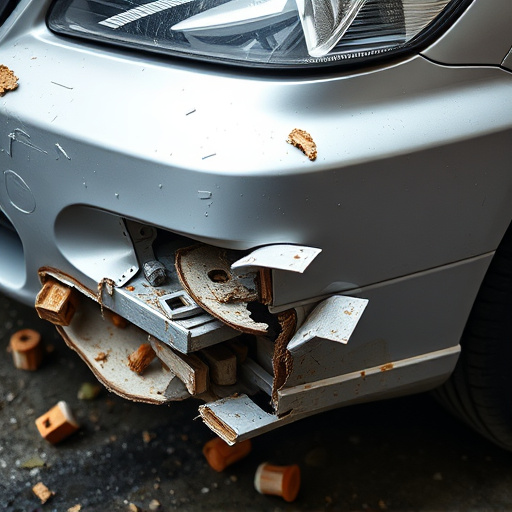
In the meticulous world of repair quality inspection, one unsung hero often overlooked is comprehensive documentation. It’s easy to focus on the tangible aspects—the visually apparent repairs, the precision of welding, or the integrity of paintwork—but proper documentation lays the foundation for successful and sustainable vehicle collision repair. Every step of the process, from initial assessment through final hand-off, should be meticulously recorded, ensuring that all parties involved have a clear understanding of the work performed and its quality.
Effective documentation in a collision center serves as more than just a checklist. It’s a bridge between the workshop floor and the customer, fostering transparency and trust. For instance, detailed repair estimates, progress updates during repairs, and final inspection reports not only protect both parties but also empower customers to make informed decisions about their vehicle’s well-being. Moreover, thorough documentation is instrumental in quality control, facilitating consistent outcomes and enabling continuous improvement in automotive collision repair processes.
Training & Consistency: A Foundation for Accuracy
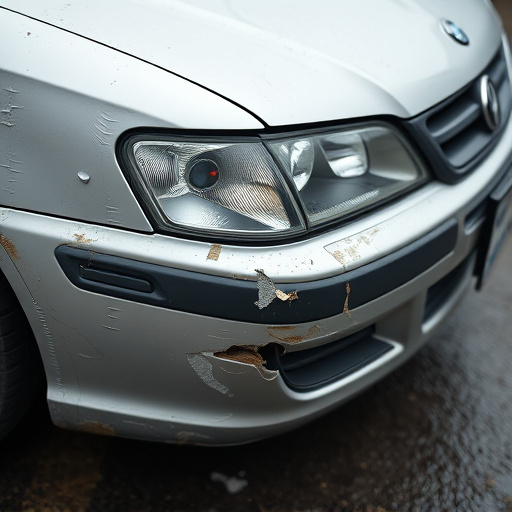
Training and consistency are cornerstones for achieving accuracy in any repair quality inspection process, especially within an auto collision center or auto body service. Adequate training equips inspectors with the knowledge to identify even subtle defects that could impact vehicle performance and safety. Skilled technicians understand industry standards, the latest tools, and advancements in materials science, enabling them to deliver precise assessments.
Consistency ensures that every inspection follows a standardized methodology. This uniformity across various auto body services fosters reliability and comparability of results. When inspections are conducted according to set protocols, it becomes easier to detect deviations from acceptable quality levels, whether dealing with a minor vehicle dent repair or complex structural damages. Consistency also promotes accountability, as each inspector adheres to the same high standards.
In the realm of repair quality inspections, addressing unseen damage through comprehensive visual and functional assessments is paramount. Accurate documentation serves as the backbone of effective quality control, while consistent training fosters precision and reliability. By prioritizing these often-overlooked areas, professionals can elevate their inspection processes, ensuring superior repair outcomes and customer satisfaction in today’s competitive market.

